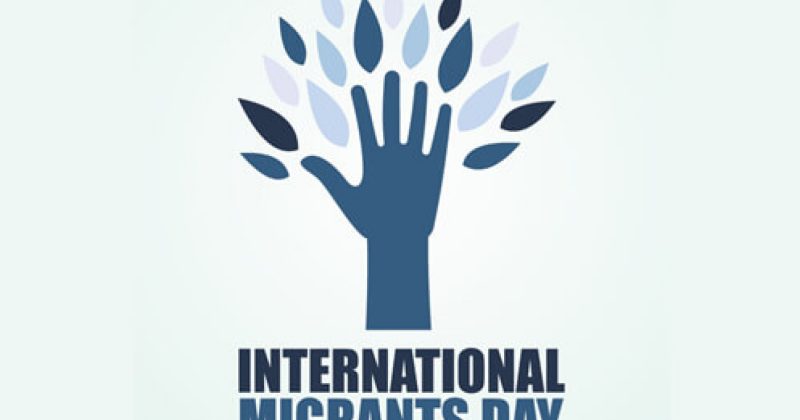Sarah Brady | December 12, 2018

International Migrants Day is a United Nations day of observation held on December 18. The day came about as a way to highlight three main goals:
– To emphasize the positive impacts of international migration (if reinforced by policy)
– To underscore the need for “fundamental rights and freedoms of all migrants”
– To identify the necessity of global collaboration when dealing with international migration
Migration is often discussed as a political topic, but at its core, migration is a human phenomenon that affects every country and (arguably) everyone on Earth. According to The Guardian, in 2017, over 250 million people (1 out of 30) were living outside their birth country. All these people are migrants, but within that categorization are immigrants (people who leave their country and move elsewhere), refugees (people who flee their country due to persecution and who receive international protection), asylum-seekers (people who flee their country due to persecution but who do not receive refugee status) and more. Read more about the categorizations of migrants here.
On December 10 and December 11, 2018, more than 150 nations met and agreed upon The Global Compact for Safe, Orderly and Regular Migration. The Compact emphasizes the need for well-managed migration and underscores the necessity of global cooperation. It brings to light human rights issues; political, economic and social issues; climate change; security and border management issues; and more. António Vitorino, the director general of the International Organization for Migration, said that the adoption of the Compact is “a first step, and a vitally important one, in ensuring that migration becomes less politically charged, more effectively managed and that vulnerable migrants are better protected from exploitation.” Read more about the Compact here.
Consider integrating information about migration into your classroom or curriculum – or just observing International Migrants Day – in the following ways:
- Teach a migration-based lesson plan from the Pulitzer Center. Have students “analyze how a journalist reporting on a refugee camp uses language to achieve different tones in order to create social media campaigns representing the experiences of refugees” (Reporting on Refugee Camps in Europe); or ask students to analyze the Syrian refugee crisis in a written paper and a classroom debate (Syrian Refugee Crisis Project).
- Explore the UN Migration Agency’s i am a migrant website that promotes diversity in migrant stories and “provides an honest insight into the triumphs and tribulations of migrants of all backgrounds.” The site has many blog posts and videos that tell diverse migration
- Join the National Network for Immigrant and Refugee Rights in their December 18th Tweet storm using #IMD2018 and #MigrantRightsNow.
- Download the UNHCR Teachers’ Toolkit for free and adaptable teaching materials that are separated by age level.
- Screen a film or documentary about migration or human rights. Check out Amnesty International’s list of seven free short films about refugees.
- Incorporate a lesson on immigration from Teaching Tolerance. They have a database with tons of learning plans, articles, perspective texts and more.
- Educate yourself before you educate your students. Did you know that the top five destinations for migrants (2015) were the US, Germany, Russia, Saudi Arabia and the UK? Did you know that the top five origin countries of migrants (2015) were India, Mexico, Russia, China and Bangladesh? Check out this article from The Guardian for more information and statistics, or download the 2018 World Migration Report for a more in-depth examination.
- Read a book about migration. Exit West by Mohsin Hamid was one of the most popular novels of the last few years, and it deals with refugees without naming a specific country of origin.
- Have your students read a book about migration. Social Justice Books has a roundup of grade level-specific books on immigration.
 Finally, don’t forget to register for our spring seminar on Global Migration on March 20-21. The seminar is designed for K-12 and community college educators to acknowledge global migration – factors influencing it, its risks and opportunities and the ways in which educators should teach this phenomenon as schools and institutions become increasingly diverse – and incorporate awareness into their teaching and learning.
Finally, don’t forget to register for our spring seminar on Global Migration on March 20-21. The seminar is designed for K-12 and community college educators to acknowledge global migration – factors influencing it, its risks and opportunities and the ways in which educators should teach this phenomenon as schools and institutions become increasingly diverse – and incorporate awareness into their teaching and learning.
